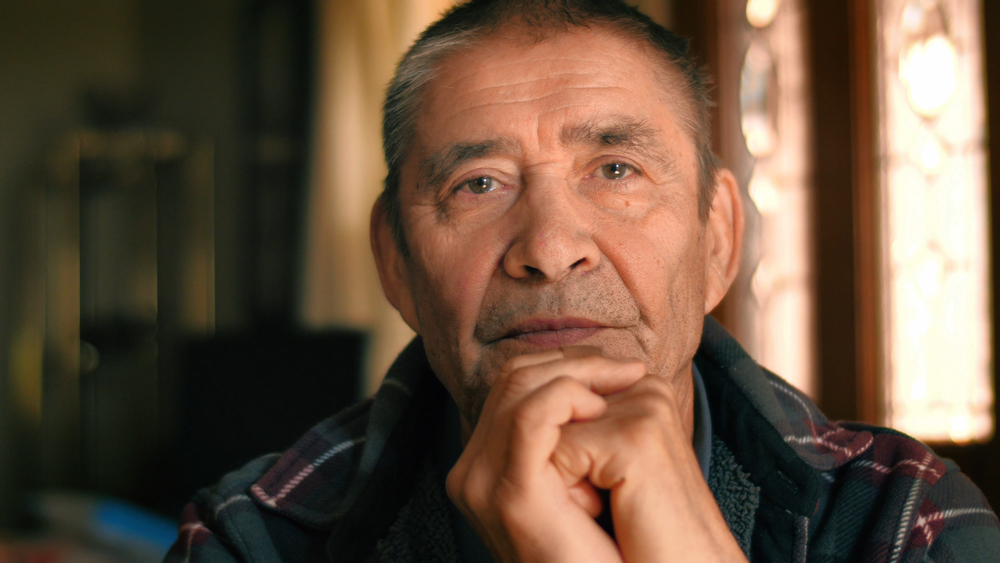

Prostate cancer remains one of the most common cancers among men in the United States, but the risks and outcomes are not the same for everyone. Latino men face unique challenges when it comes to prostate health, making awareness and early action especially important. Too often, these challenges lead to late diagnoses and more difficult treatment processes.
By shedding light on the risks and empowering men with knowledge, we can help Latino families protect their health and future. Now is the perfect time to learn more since it is September is Prostate Cancer Awareness Month and what you can do to stay proactive.
Why Latino Men Face Higher Risks
Research shows that prostate cancer in Latino patients is often diagnosed at later stages compared to other groups, which can affect survival outcomes. Factors such as access to healthcare, language barriers, and lack of culturally tailored education all contribute to this gap.
Another concern is that Latino men may be less likely to undergo regular prostate cancer screenings. Without early detection, prostate cancer can progress silently before symptoms appear. This makes conversations about prevention and testing a key step toward better health.
Survival Rates and the Importance of Early Detection
When caught early, prostate cancer has a five-year survival rate of nearly 100% (based on the American Cancer Society). But late-stage diagnoses significantly lower survival chances. Unfortunately, Latino men are more likely to be diagnosed at advanced stages, making proactive screening even more critical.
Overcoming Barriers to Care
For Latino patients, overcoming challenges in healthcare often means:
- Seeking out providers who offer language and culturally sensitive support.
- Learning about new, minimally invasive treatment options that can provide a better quality of life.
- Discussing family history of prostate cancer, since genetics can increase risk.
By taking these steps, prostate cancer in Latino patients can be detected earlier and treated more effectively, helping men achieve better health outcomes and peace of mind.
Modern Treatment Options
Today, patients have access to less invasive alternatives to traditional surgery or radiation. Procedures like the TULSA procedure offer a minimally invasive, incision-free way to treat prostate disease while preserving quality of life. For Latino men, who may delay treatment due to fear of side effects or invasive surgery, these newer options offer a promising path forward.
If you’d like to understand how prostate cancer is assessed and staged, take a moment to learn about the Gleason Score test, an important tool doctors use to guide treatment decisions.
Taking Action During Hispanic Heritage Month
Hispanic Heritage Month is a time to celebrate culture, family, and community—but it’s also a good reminder to look after your health.
Prostate cancer in Latino patients continues to be a serious concern, with higher risks of late diagnoses compared to other groups. If you’re a Latino man over 50, or younger with a family history of prostate cancer, talk to your doctor about screening and treatment options.
Your health matters not just to you, but to your family and community. By taking proactive steps, you can change the statistics and protect your future.
Oct 7, 2025 | Team iNet
 Find a Center
Find a Center Contact Us
Contact Us